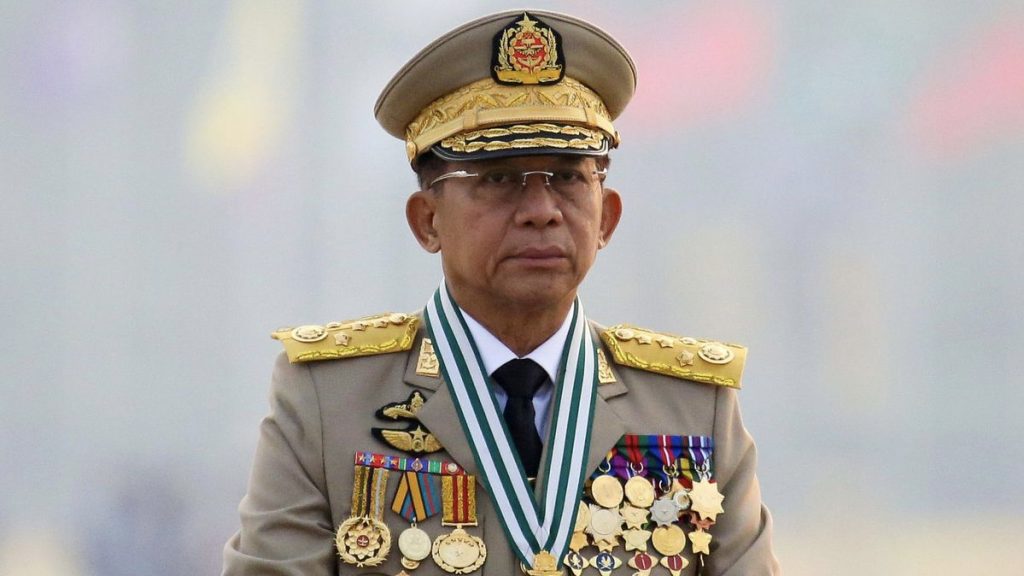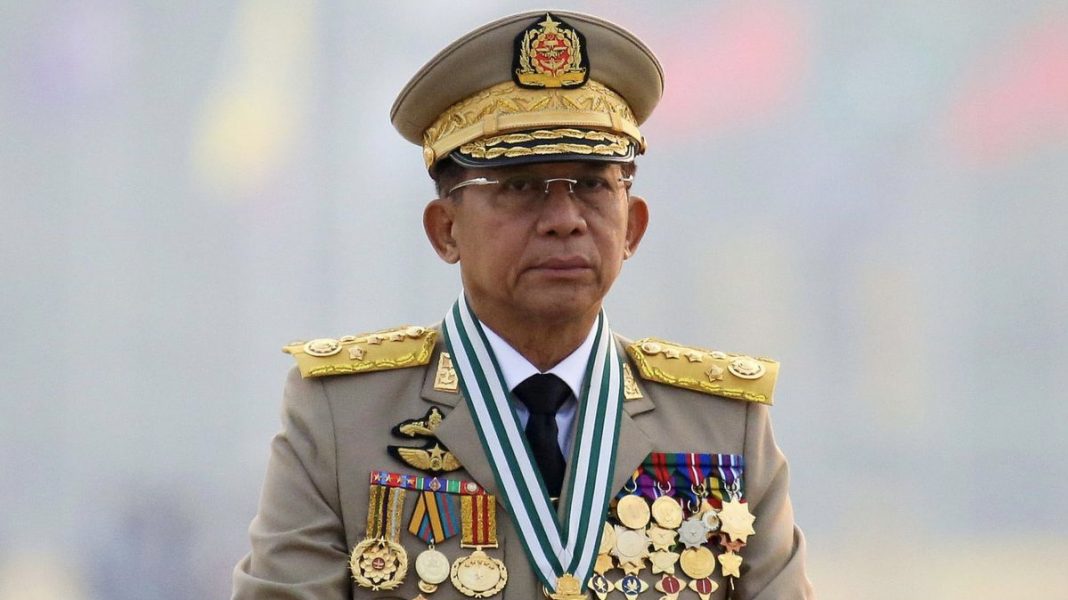It has been nearly 20 months since Myanmar’s junta put an end to its country’s fledgling democracy in a dramatic coup that overthrew the Daw Aung San Suu Kyi-led National League for Democracy (NLD) government. But it has largely failed to bring the country under its control, even resorting to ever more frequent atrocities against the civilian population.
.
Amidst regular reports of losing battles to the Peoples Defence Force (PDF) and ethnic armed groups across the country, the military junta is growing desperate and stepping up its mass atrocities. More than 2,000 people have died at the hands of the junta, and some 15,607 people have been arrested or detained.
After one year of the “People’s Defence War”, the regime is losing ground over most of the country. A report by the Special Advisory Council for Myanmar (SAC-M) said, the junta only has effective control over 17 percent of the country, while the NUG and its allies control 52 percent, and the remaining 23% is actively contested space. Only 72 of the country’s 330 townships are under the junta’s “stable” authority, the SAC-M note also said.

Myanmar’s military is confronted with an unprecedented array of challenges. The number of military personnel has now fallen to around 200,000 from an estimated 300,000-400,000 soldiers due to growing casualties of battle-ready troops, a shortage of fresh recruits, and defections. Today, the degree to which defectors have aligned with the pro-democracy groups is unprecedented in Myanmar’s history and represents a serious symbolic blow to the Tatmadaw’s legitimacy and internal coherence. According to the NUG, more than 8,000 soldiers and police officers have defected since the coup. Moreover, there are some credible reports that the number of watermelon soldiers continues to grow, and subsequently, the military junta is now more relying on various proxy groups like the Pyu Saw Htee and People’s Security Force (PSF).
The significant improvement in PDF’s military capabilities added a new dimension to the conflict. Resistance fighters who were once largely reliant on homemade guns are now wielding automatic weapons and sophisticated hardware, including landmines and drones. Notably, the PDFs’ high-intensity guerrilla attacks on convoys, outposts, and strategic bases have inflicted serious damage on the military’s assets and rank-and-file, forcing the junta to rely more on aerial warfare and indicating that the junta can no longer win on the ground.
A new political reality is taking shape through the strategic coordination between the EAOs and PDFs, suggesting that the roughly 60,000 fighters affiliated with the NUG are fully committed to bringing down the generals at any cost. The military junta is now facing a determined coalition of adversaries on multiple fronts, ranging from the country’s borderland to the heartland of the Bamar people. It can be inferred that if the EAOs and PDFs can maintain the current level of military pressure on the regime, Min Aung Hlaing will surely be driven to despair.
There is no doubt that the military is the dominant security actor in Myanmar in terms of troop numbers, defense capabilities, combat experience, and financial resources. However, this does not automatically mean that the military is going to stamp out the democratic forces. It must be kept in mind that, faced with anger and hate, the military enjoys the lowest-ever level of public support, and consequently, morale in the army is declining.
Similarly, a once-promising frontier market is now on the brink of collapse due to violence nationwide. Along with Sri Lanka, Laos, and Pakistan in Asia, Myanmar’s economy is also in grave danger. Malayan Banking Bhd. warned in a report that the country is among the frontier-market economies where the likelihood of sovereign defaults is growing. It is worth noting that the Central Bank of Myanmar recently ordered firms with outstanding foreign loans to suspend disbursements of those debts and adjust repayment schedules with foreign lenders. Thanks to Min Aung Hlaing’s wild monetary policies, Myanmar is now facing a severe shortage of US dollars.
Economic hardship is creating social discontent in Myanmar and encouraging more people to take up arms against the junta. There are reasonable grounds to believe that the junta’s foreign exchange reserves have been dwindling rapidly given the lack of tourism revenues, weaker export earnings, and surging costs for imports of arms and fuel. So, it is speculated that the junta can’t survive in the long run because of its crippled economy that will not be able to support its newly adopted aerial warfare, which carries high logistical costs.
Unsurprisingly, Myanmar is lurching into widespread diplomatic and economic isolation. Western countries have suspended aid and imposed targeted sanctions on top military leaders. It is unlikely that the Kremlin can produce enough arms to keep junta troops adequately supplied. Russia has reportedly slowed the delivery of weapons after its invasion of Ukraine, placing the future of the Myanmar junta at risk.
Again, China, one of the closest allies of Myanmar, has found the junta a difficult partner and consequently hedges with ties to EAOs and the ousted NLD. Moreover, the Tatmadaw was never comfortable with China’s geopolitical aspirations, as the former assumed that Myanmar faces the risk of invasion by its neighbor China, just as Ukraine has been invaded by its neighbor Russia. Most importantly, China might already realize that it will be difficult for them to invest their interests in Myanmar without stability there. Noteworthy, Chinese investments have also declined dramatically in Myanmar due to concerns over the attacks on its businesses. Myanmar official data lists Chinese investments in Myanmar at more than US$6.6 billion during the NLD government’s time in office, but by 2021, investments had decreased to US$175.8 million.
The future is still unclear. But given the three crucial indicators—battleground loss, economic disaster, and lack of major powers’ support—it is fair to conclude the tide clearly shifted toward the pro-democracy forces. They may not be winning immediately, but time is on their side. Last but not least, the future of Myanmar is prominently taking shape at the hand of the people of Myanmar who are fighting for a federal democratic country.
* Prithwi Raj Chaturvedi is a Researcher and Political analyst, P.hd candidate at South Asian University, New Delhi.




